As discussed in the previous section, there are many ways that patient microorganisms can be transmitted in a DHS.
- Patient to DHCP: There are many ways microorganisms can spread from the patient to the DHCP, which is why this pathway is the most difficult to control. The modes of transmission (which were discussed in detail in the previous section) are: direct contact, indirect contact, and droplet infection (airborne).
- DHCP to Patient: This pathway is rare; however, disease may be transmitted from DHCP to patient if proper infection control procedures are not followed (see Section 4). If a DHCP has lesions or other non-intact skin, of if a cut or other injury occurs while the hands are in the patient’s mouth, it is possible to transmit microorganisms.
- Patient to Patient: Though extremely rare, patient-to-patient infection may occur when contamination from instruments used from one patient is passed to another patient via non-sterilized instruments or handpieces, contaminated surfaces including contaminated drawer handles, and/or hands.
- Dental Office to Community: Spread of disease from the dental office to the community can occur when contaminated items used on the patient are sent out, such as impressions sent to a lab. DHCP can transport microorganisms out of the office via their hair, hands or contaminated clothing.
- Community to Patient: Patients can become infected via waterborne microorganisms that colonize inside the dental unit after coming through the municipal water supply.
